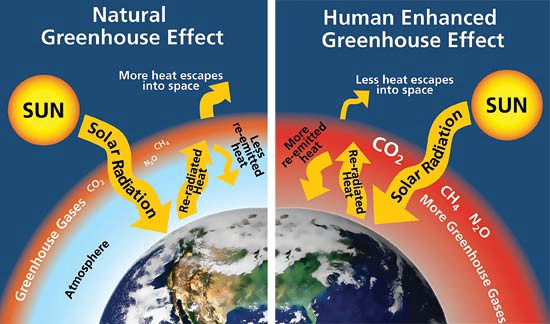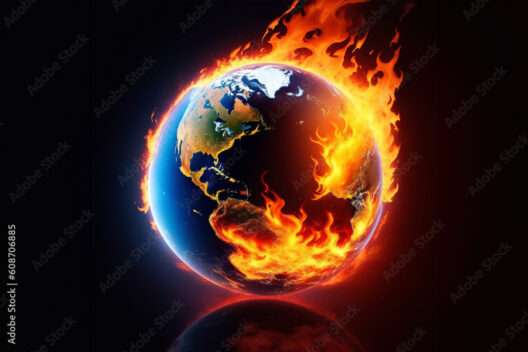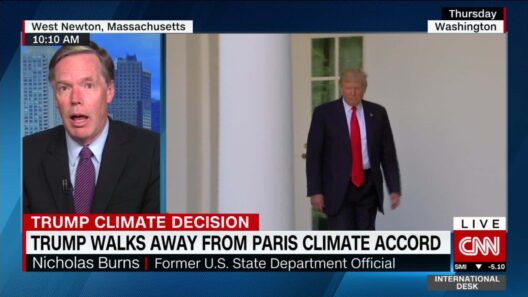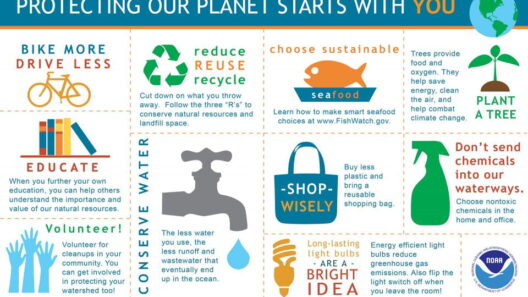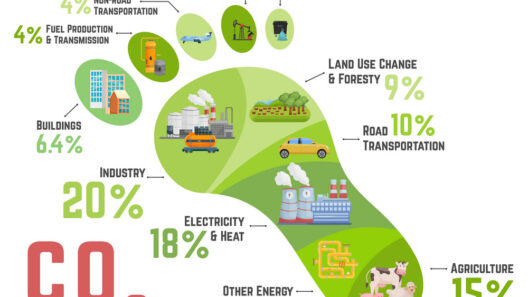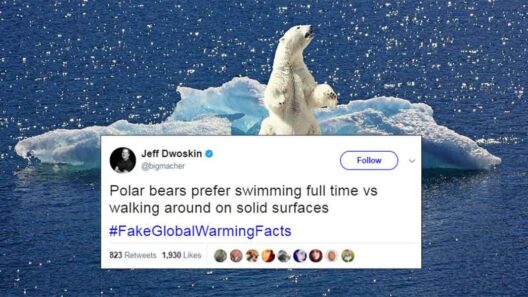As we traverse the myriad of discussions surrounding global warming, a pertinent question arises: Do greenhouse gases really cause global warming? This inquiry not only incites curiosity but also necessitates a robust understanding of the science underpinning climate dynamics. Addressing this challenge, let us delve into the intricate mechanisms by which greenhouse gases (GHGs) engender climatic shifts and examine the multifaceted nuances of this global phenomenon.
Greenhouse gases, namely carbon dioxide (CO2), methane (CH4), nitrous oxide (N2O), and fluorinated gases, possess a remarkable ability to trap heat within the Earth’s atmosphere. This phenomenon is a natural and essential mechanism, known as the greenhouse effect, allowing our planet to maintain a habitable temperature. However, anthropogenic activities, predominantly geared towards industrialization, deforestation, and agriculture, have significantly exacerbated the concentration of these gases, leading to unprecedented warming.
The science behind this warming largely revolves around the principles of physics and chemistry. Solar radiation reaches Earth’s surface, where some of it is absorbed, warming the planet. The Earth, in turn, emits infrared radiation back into space. GHGs absorb a portion of this outgoing radiation and re-radiate it in all directions, including back toward the surface. This process effectively creates a thermal blanket around the Earth, resulting in a gradual rise in average global temperatures.
The primary perpetrator of recent climate change is CO2, largely emitted through the combustion of fossil fuels, deforestation, and various industrial processes. Historically, atmospheric CO2 concentrations remained stable over millennia; however, since the onset of the Industrial Revolution, levels have risen dramatically from about 280 parts per million (ppm) to over 410 ppm today. This meteoric rise in CO2 levels correlates with global temperature increases, presenting a substantive challenge to any skepticism surrounding its role in climate change.
While CO2 takes center stage, other GHGs also play critical roles. Methane, a gas emitted during the production of coal, oil, and natural gas, as well as from livestock and other agricultural practices, is significantly more effective at trapping heat in the atmosphere—estimated to be over 25 times more potent than CO2 over a 100-year period. Yet, it exists in the atmosphere at much lower concentrations. Nitrous oxide, largely produced by agricultural and industrial activities, is another potent greenhouse gas, with a global warming potential approximately 298 times greater than carbon dioxide over a century.
Now, one might challenge the consensus around the anthropogenic causes of global warming, positing that natural climate variability may be a significant factor. This is a legitimate inquiry; indeed, the Earth has undergone various warming and cooling cycles throughout its geological history due to factors such as volcanic activity, solar output variations, and natural greenhouse gas fluctuations. However, the rapid increase in GHGs observed in the last century coincides remarkably with industrial growth, leading experts to assert that while natural cycles do occur, they cannot account for the current rate of temperature increase. The science indicates that the primary driver of contemporary global warming is human activity.
Ultimately, the scientific community employs an array of methods to understand the complexities of greenhouse gas contributions to climate change. Climate models, for instance, simulate the interactions of various climatic factors. These models consistently show that without the increase in GHGs from human activities, the planet would not be experiencing the level of warming seen today. Additionally, empirical evidence from temperature records and ice core data substantiates the connection between GHG concentrations and global temperatures, further reinforcing the theory.
Moreover, the ramifications of continued greenhouse gas emissions are dire. Rising global temperatures contribute to altered weather patterns, more frequent and severe natural disasters, ocean acidification, and rising sea levels. Beyond environmental repercussions, there are socio-economic impacts: food security is threatened through unpredictable agricultural yields, and increased health risks arise from heatwaves and the spread of diseases. Acknowledging this complex interplay of cause and effect is paramount in galvanizing global action.
In light of this evidence, the question isn’t merely whether greenhouse gases cause global warming, but rather what collective actions we can take to mitigate their effects. Transitioning to renewable energy sources, enhancing energy efficiency, and adopting sustainable agricultural practices are just a few strategies that can significantly curtail GHG emissions. Furthermore, fostering awareness and education can empower individuals and communities to advocate for policies aimed at reducing carbon footprints and investing in climate resilience.
The compelling data substantiates the conclusion that greenhouse gases, propelled by human activity, are indeed the primary catalysts for global warming. The intricate interplay between science, society, and the environment reveals the urgency of addressing this challenge head-on. It is imperative to recognize this relationship not just as a theoretical equation, but as a clarion call to action for a sustainable future.
In summary, while the scientific inquiry into whether greenhouse gases genuinely cause global warming may seem to pose a playful question, the underlying stakes are serious. The overwhelming evidence points towards a pressing reality that necessitates immediate and coordinated action to preserve the planet for future generations.



